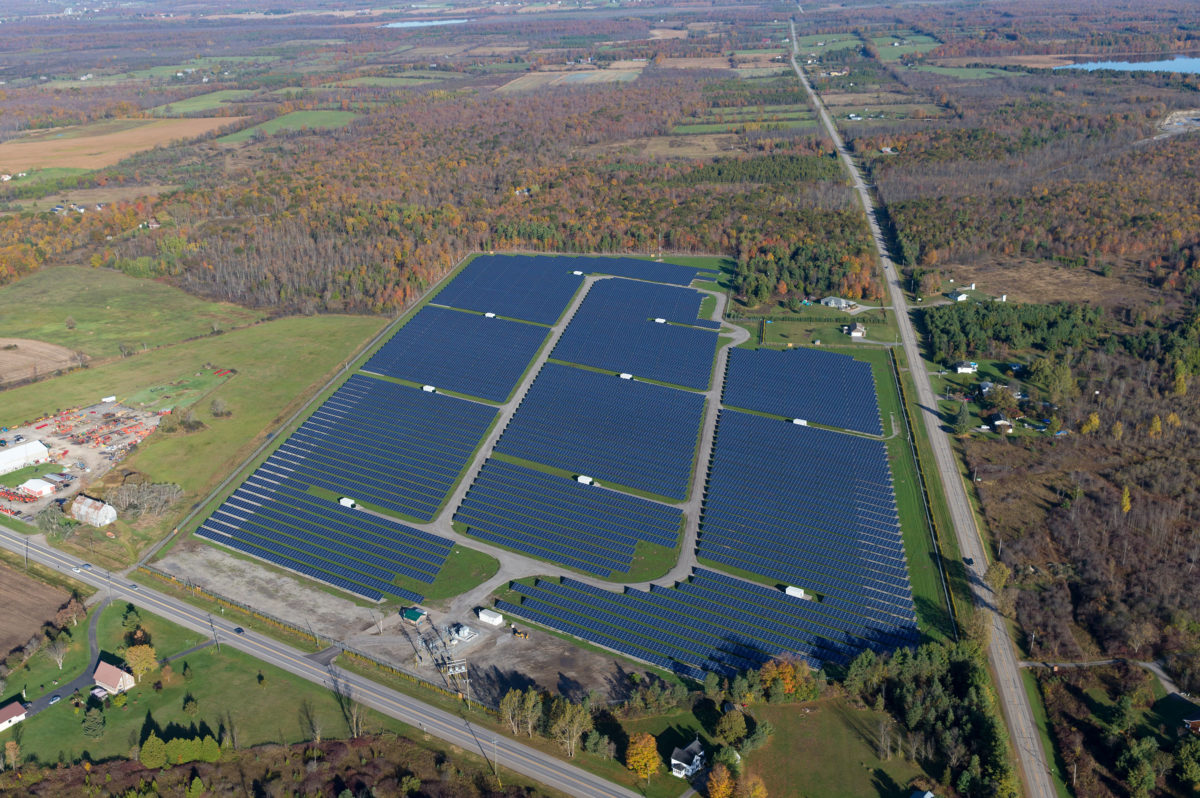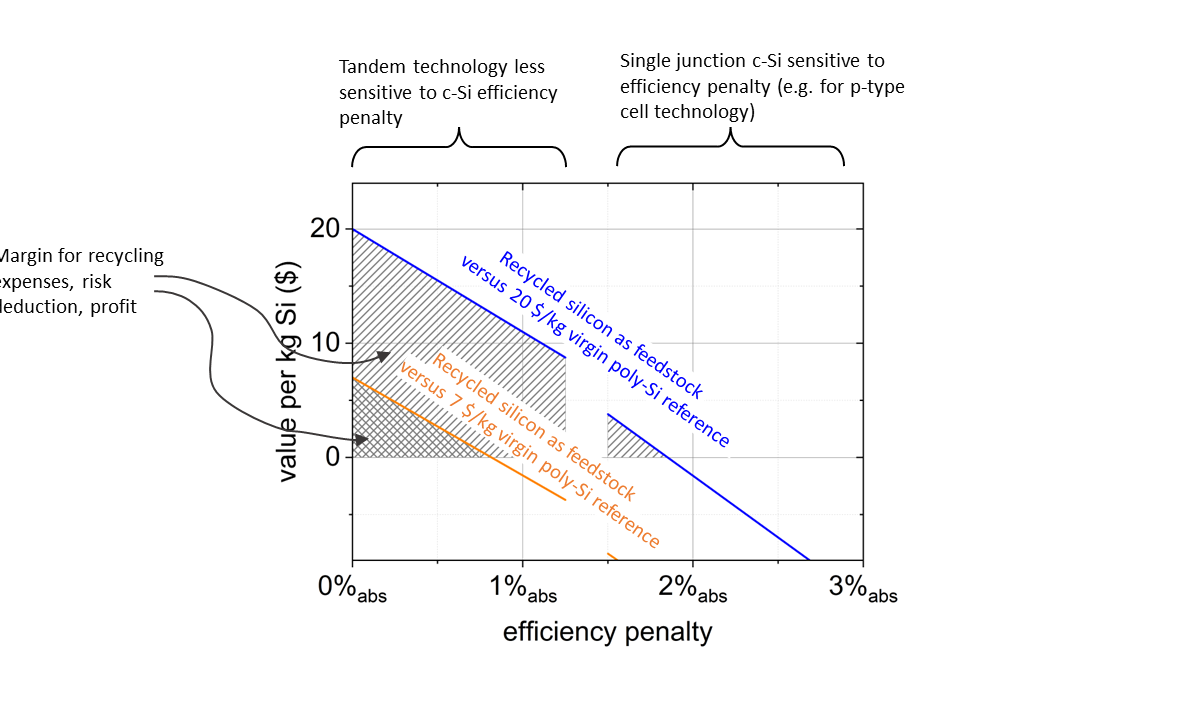About 175 MW of solar was completed in Canada last year, but almost all of that capacity was built in the province of Ontario, the NEB said in its Canada's Renewable Power Landscape report for 2017.
Wind farms were the main source of new renewables capacity in Canada last year, with 830 MW added to the grid.
Canada’s cumulative solar capacity stood at 2.31 GW by the end of 2016, the NEB said. The country currently sources about 66% of its electricity from renewables, but hydropower accounts for 58.8% of total generation. Non-hydro renewables — including solar, wind and biomass — account for 7.2% of total generation.
Nuclear power is the second biggest source of generation in Canada, accounting for an average of 14.7% of electricity production between 2005 and 2016, the NEB said. However, only the provinces of Ontario and New Brunswick currently host operational nuclear facilities.
“The long term trend in Canada since 2005 has been increased power generation from natural gas and wind, and decreased generation from coal,” the NEB said. “When nuclear power generation is added, a total of 80.6 per cent of Canada's electricity was non-emitting in terms of greenhouse gases.”
Ontario led the country in new renewables capacity additions in 2016, connecting 172 MW of PV to the provincial grid. Wind developers completed 467 MW of projects in Ontario, on top of 188 MW of new biomass capacity that came online in the province last year.
The province of Alberta — long a national leader in wind deployment — now has a growing pipeline of solar projects in development. However, no utility-scale PV capacity has been completed in Alberta to date, or in neighbouring Saskatchewan, which the NEB describes as “one of the sunniest provinces in Canada.”
Elsewhere, solar deployment was negligible throughout the rest of Canada last year. The NEB reports that 0.4 MW of solar capacity was installed across multiple sites in the Northwest Territories, while regional utility Qulliq Energy Corp. (QEC) installed 11 PV modules at one of its power plants in Iqaluit to assess the viability of building bigger solar projects in the territory of Nunavut.
This content is protected by copyright and may not be reused. If you want to cooperate with us and would like to reuse some of our content, please contact: editors@pv-magazine.com.



By submitting this form you agree to pv magazine using your data for the purposes of publishing your comment.
Your personal data will only be disclosed or otherwise transmitted to third parties for the purposes of spam filtering or if this is necessary for technical maintenance of the website. Any other transfer to third parties will not take place unless this is justified on the basis of applicable data protection regulations or if pv magazine is legally obliged to do so.
You may revoke this consent at any time with effect for the future, in which case your personal data will be deleted immediately. Otherwise, your data will be deleted if pv magazine has processed your request or the purpose of data storage is fulfilled.
Further information on data privacy can be found in our Data Protection Policy.